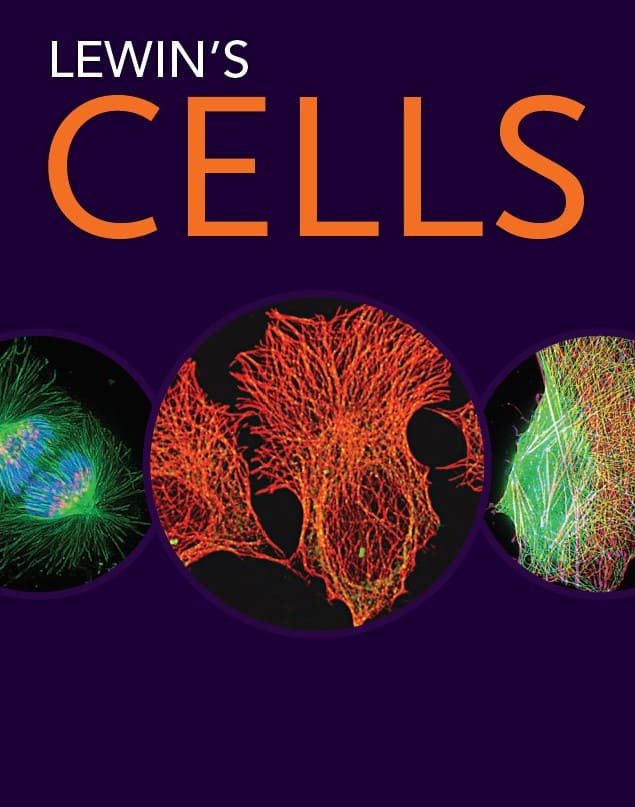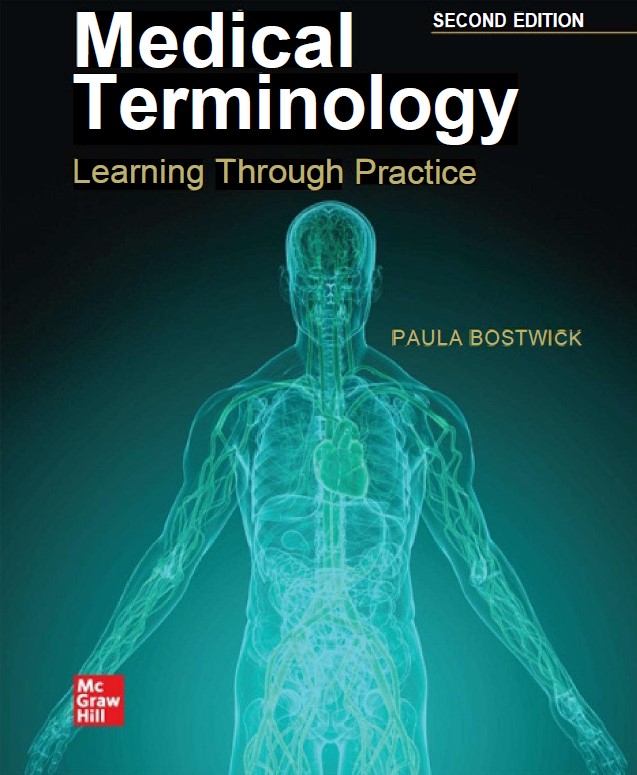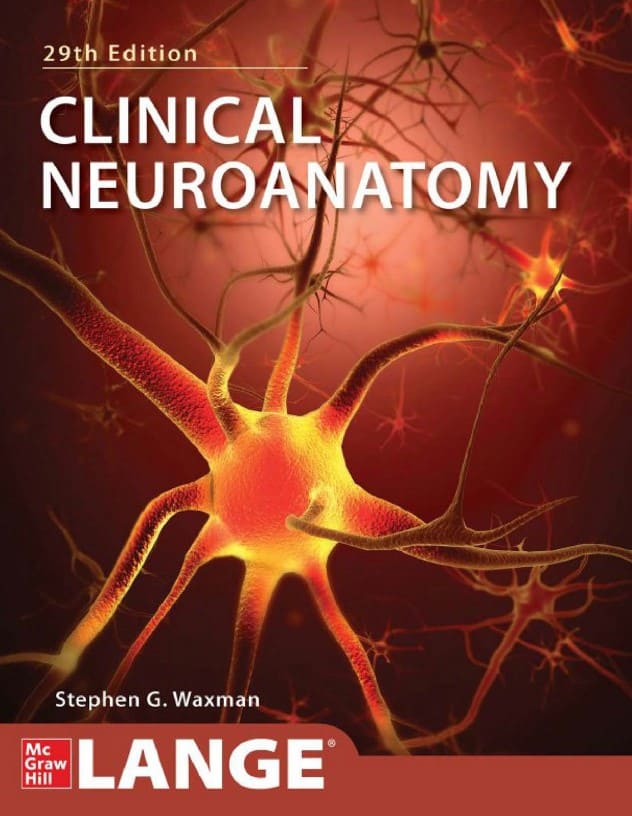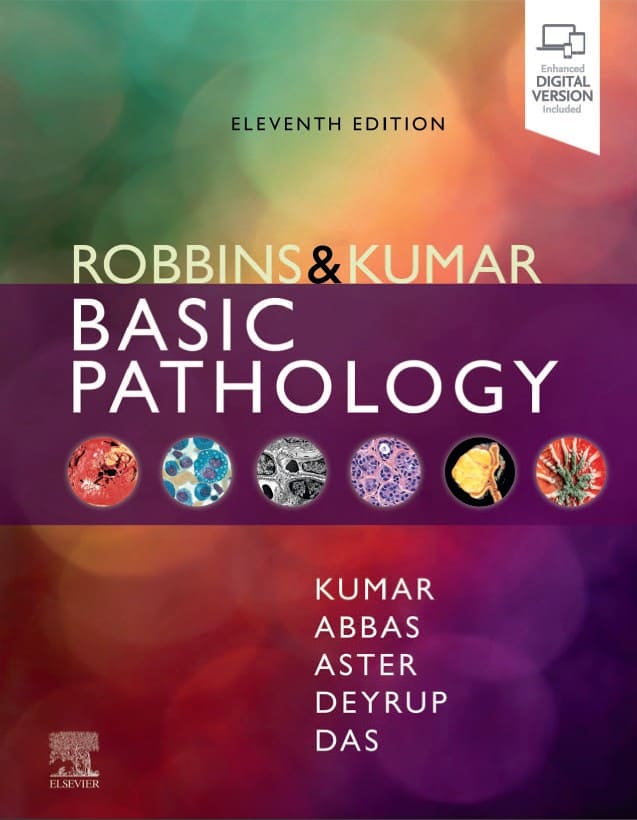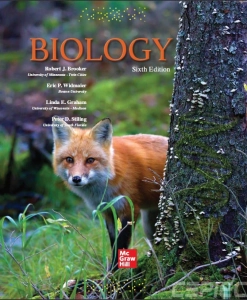 Download Biology (6th International Student Ed.) by Robert J. Brooker, Eric P. Widmaier, Linda E. Graham & Peter D. Stiling.
Download Biology (6th International Student Ed.) by Robert J. Brooker, Eric P. Widmaier, Linda E. Graham & Peter D. Stiling.
The 6th International Student Edition of “Biology” by Robert Brooker, Eric Widmaier, Linda Graham, and Peter Stiling offers a dynamic and integrated approach to understanding biology, blending classical concepts with contemporary scientific advances. What distinguishes this edition is its ability to present complex biological principles in a coherent narrative that resonates with students across various academic levels.
One of the book’s strengths lies in its holistic view of biology. Instead of isolating different subfields, the authors seamlessly link molecular biology, ecology, physiology, and evolution. This interdisciplinary approach mirrors the interconnectedness of life itself, providing students with a more organic understanding of biology. For instance, the text adeptly bridges the gap between genetic mechanisms at the cellular level and their evolutionary consequences in populations, illustrating the broader implications of biological phenomena.
The authors excel in presenting core concepts with clarity. Each chapter begins with a well-defined set of learning objectives, and the narrative is interspersed with real-world examples that make abstract ideas tangible. The frequent use of diagrams and illustrations is particularly noteworthy, as they break down intricate processes—such as cellular respiration or photosynthesis—into digestible visual steps. This is a boon for students who might struggle with the technical language of biology, making the material accessible without oversimplifying it.
An updated feature of this edition is its emphasis on current research and technological innovations. Whether discussing CRISPR gene-editing technology, ecological impacts of climate change, or developments in synthetic biology, the authors ensure that students are not only learning foundational biology but also gaining insights into how the field is evolving in real-time. The integration of case studies and recent discoveries adds a layer of relevance that stimulates critical thinking and curiosity.
However, one potential limitation of the book is its breadth, which can be overwhelming for students encountering biology for the first time. While comprehensive, the sheer volume of information might require instructors to carefully curate the material for their specific courses. That said, the text is highly adaptable to different learning needs, offering additional resources like summaries, concept checks, and questions that promote active learning.
Contents
Unit I: Chemistry
- The Chemical Basis of Life I: Atoms, Molecules, and Water
- The Chemical Basis of Life II: Organic Molecules
Unit II: Cell
- Evolutionary Origin of Cells and Their General Features
- Membrane Structure, Synthesis, and Transport
- An Introduction to Energy, Enzymes, and Metabolism
- Cellular Respiration and Fermentation
- Photosynthesis
- Cell Communication
- Multicellularity
Unit III: Genetics
- Nucleic Acid Structure, DNA Replication, and Chromosome Structure
- Gene Expression at the Molecular Level I: Production of mRNAs and Proteins
- Gene Expression at the Molecular Level II: Non-coding RNAs
- Gene Expression at the Molecular Level III: Gene Regulation
- Mutation, DNA Repair, and Cancer
- The Eukaryotic Cell Cycle, Mitosis, and Meiosis
- Mendelian Patterns of Inheritance
- Epigenetics, Extranuclear Inheritance, and Linkage
- Genetics of Viruses and Bacteria
- Developmental Genetics
- Genetic Technologies and Genomics
Unit IV: Evolution
- An Introduction to Evolution
- Population Genetics
- Origin of Species and Macroevolution
- Taxonomy and Systematics
- History of Life on Earth and Human Evolution
Unit V: Diversity
- Archaea and Bacteria
- Protists
- Fungi
- Microbiomes: Microbial Systems on and Around Us
- Plants and the Conquest of Land
- The Evolution and Diversity of Modern Gymnosperms and Angiosperms
- An Introduction to Animal Diversity
- The Invertebrates
- The Vertebrates
Unit: VI Flowering Plants
- An Introduction to Flowering Plant Form and Function
- Flowering Plants: Behavior
- Flowering Plants: Nutrition
- Flowering Plants: Transport
- Flowering Plants: Reproduction
Unit VII: Animals
- Animal Bodies and Homeostasis
- Neuroscience I: Cells of the Nervous System
- Neuroscience II: Evolution, Structure, and Function of the Nervous System
- Neuroscience III: Sensory Systems
- Musculoskeletal Systems and Locomotion
- Nutrition and Animal Digestive Systems
- Control of Energy Balance, Metabolic Rate, and Body Temperature
- Circulatory and Respiratory Systems
- Excretory Systems
- Endocrine Systems
- Animal Reproduction and Development
- Immune Systems
- Integrated Responses of Animal Organ Systems to a Challenge to Homeostasis
Unit VIII: Ecology
- An Introduction to Ecology and Biomes
- Behavioral Ecology
- Population Ecology
- Species Interactions
- Communities and Ecosystems: Ecological Organization on Large Scales
- The Ecological Impact of Humans
- Biodiversity and Conservation Biology
Download Biology (6th International Student Ed.) by Robert J. Brooker, Eric P. Widmaier, Linda E. Graham, and Peter D. Stiling in pdf from following download links.
Password for Download Links: biology.com.pk
File Size: 157 MB. Pages: 1472. Download Instructions. Kindly read the disclaimer.
You can also purchase Biology (6th International Student Ed.) by Robert J. Brooker, Eric P. Widmaier, Linda E. Graham, and Peter D. Stiling from Amazon by clicking the image below.
You may also like to download the following books:
- Biology: A Global Approach (11th Global Ed.) by Neil A. Campbell, Lisa A. Urry, Michael L. Cain, Steven A. Wasserman, Peter V. Minorsky, and Jane B. Reece
- Campbell Biology (11th Ed.) by Lisa A. Urry, Michael L. Cain, Steven A. Wasserman, Peter V. Minorsky and Jane B. Reece
- Karp’s Cell Biology (Global Ed.) by Janet Iwasa and Wallace Marshall
Download Hundreds of Best-Selling Biochemistry, Biology, Medical, Microbiology, Psychology and Sociology Books from Download Books.
Happy studying!


